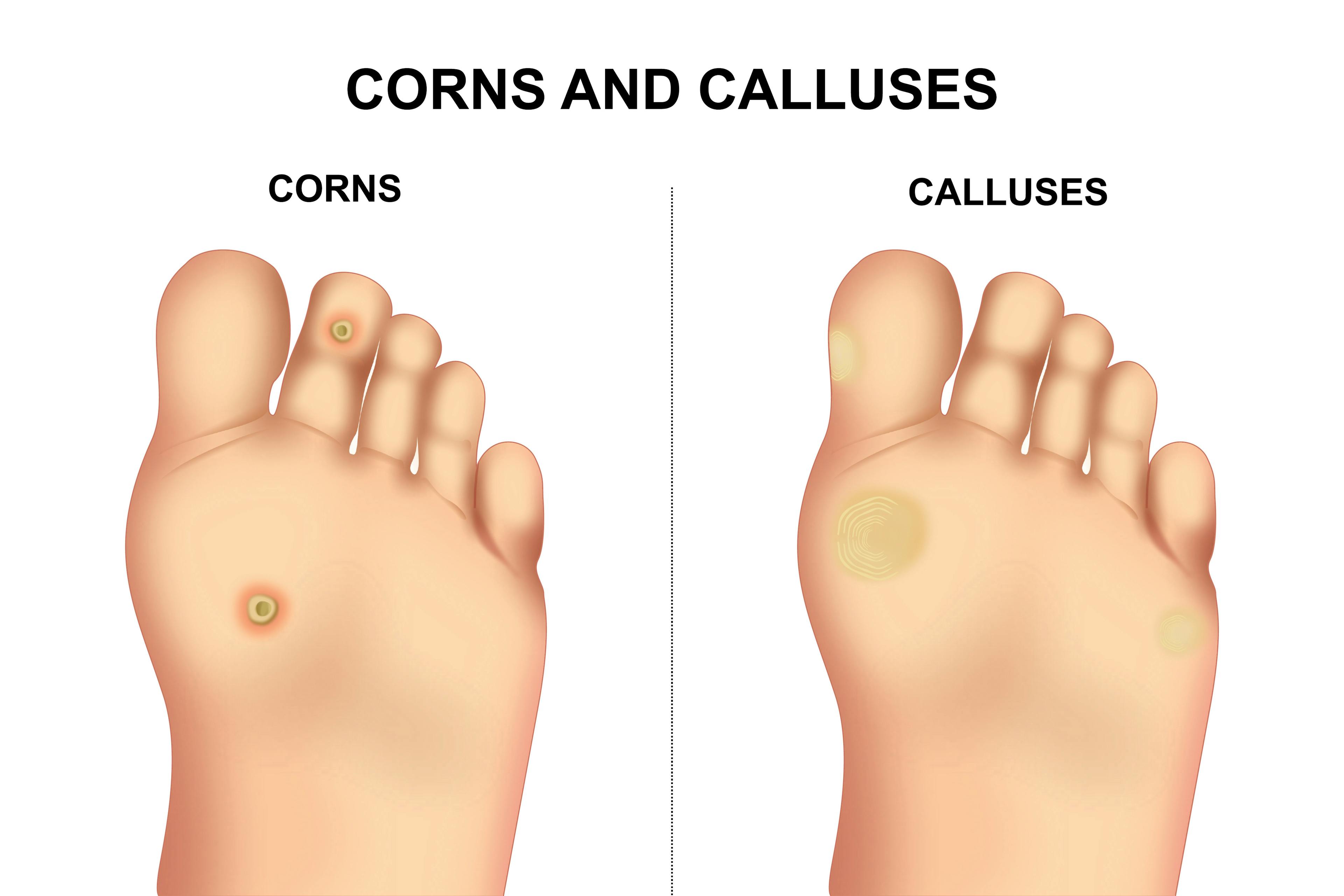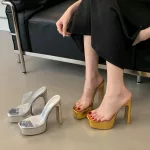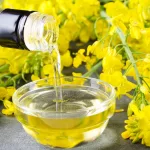
Noticed That Weird Bump?
So, picture this: you finally take off your shoes after a loooong day, let those tired feet breathe, and—bam! There it is. That little patch of tough skin on your toe or the ball of your foot, looking way more suspicious than you feel comfortable about. What is that, even? Something you can ignore? A sign you should totally freak out? Relax… let’s just chat about it (no need to panic, promise).
Corns aren’t glamorous. They’re not something you’ll see people flaunting on Instagram. But wow, when they make themselves at home on your feet, they sure make their presence known. We’re going to talk about what does a corn look like pictures, because seeing is believing, right? And hey, no reason to be shy—almost anyone who’s spent serious time in uncomfortable shoes has run into these stubborn little things at least once.
Seeing Is Believing
How Pictures Help You Know for Sure
Let’s be honest: words can try, but sometimes you need visuals. If you’ve ever wondered “Wait, what does this weird patch even look like—is it a corn, a blister, or just dry skin?” you’re not alone. The truth is, when I first spotted my own, I legit Googled what does a corn look like pictures and got sucked into a rabbit hole of foot close-ups—don’t judge me!
From sites with 2,000+ foot corn stock photos (yep, that’s a thing) you’ll see that corns usually show up as small, circular patches of toughened, sometimes yellowish skin, often with a hard center. There’s a reason they get compared to corn kernels! Some examples are dry and chalky, others almost translucent and soft-edged—trust me, it’s not one-size-fits-all pictures of hard corns on feet[1].
Is It a Corn or a Callus?
Quick reality check: not all tough foot skin is a corn. Ever scraped your heel and thought “Whoa, that’s rough”? You could be dealing with a callus. Here’s how you tell:
| Type | Where | Look | Pain Level |
|---|---|---|---|
| Hard Corn | Top/sides of toes | Round, dense center | Can be tender |
| Soft Corn | Between toes | White, rubbery | Moist & painful |
| Callus | Heel/ball of foot | Wide, flat, rough | Usually painless |
Mini Story Time
One of my running buddies messaged me after his half-marathon: “Dude…there’s a rock stuck in my toe.” Spoiler: not a rock. It was a classic hard corn, courtesy of tight socks and ambitious mileage. (Lesson? Don’t ignore the weird bump!)
Hard Corns: Meet the Tough Guy
When Skin Fights Back
So, what does a corn look like pictures when it’s a “hard” corn? Think of a tiny, armor-plated pebble embedded in your skin—usually staked out right on top or the edge of your toe. Sometimes, it almost feels like your skin grew a shield… and then that shield started stabbing back every time you put on shoes. Ouch.
Why do we even get hard corns? Usually, they set up shop because something keeps pressing or rubbing on that spot. Popular culprits: narrow dress shoes (why do cute shoes hurt so much?), pointy toes, or just shoes that don’t quite fit. According to research on the most common causes of foot corns, hard corns are often found over bony areas, right where shoes squeeze or rub[2][3].
Get a Good Look
Wanna see what I mean? Take a second with these pictures of hard corns on feet. Notice how there’s a clear boundary, like a little button, usually yellowish or grey, sometimes with a darkish plug in the middle. Bonus: if you poke it and it’s tender, that’s probably your answer right there.
I once ignored mine during a beach vacation… big mistake. Sand plus bad flip-flops turned my corn into a painful reminder all week. Ever try running in sand with a hard corn? 0/10, do not recommend.
Soft Corns: The Sneaky Sibling
Why Moisture Makes It Worse
Not all corns want you to know they’re there. That’s where the soft ones come in. Instead of going full turtle-shell like the hard guys, soft corns are sneakier. They find those cozy, damp spaces between your toes—usually between your fourth and fifth toe—and settle in like they own the place.
But here’s the kicker: they’re softer because of, well, sweat. Narrow shoes, synthetic socks, sweaty days—they all create a little sauna between your toes, and that’s prime habitat for soft corns. They look a bit rubbery and white, almost like you’ve been soaking your feet for too long, according to what I saw on dermatology image libraries[3].
How To Spot a Soft Corn
If you’re already grossed out, sorry, but it needs saying: soft corns feel squishy and moist to the touch, and they hurt. The first time I found one, I thought I’d grown a second blister. Turns out, nope… tighter gym sneakers plus sweaty Zumba class equals classic soft corn.
To get a clear idea, check out these pictures of soft corns on feet. Seriously, even just glancing at a few examples can help you spot them in real life way sooner.
Seed Corns: Small, But Mighty
Tiny Pricks on Your Soles
Okay, so if you’ve ever stepped wrong and thought, “Why does it feel like there’s a splinter in my sole?” you might be meeting the seed corn. These little buggers look like minuscule, hard dots, often in pressure points on the bottom of your feet.
Seed corns are usually caused by pressure (think: walking barefoot on pebbles, lots of jogging, or standing all day), and they might just be the most annoying of the bunch because, though tiny, they really pack a punch under your body weight.
The trickiest part? They can be mistaken for anything—wart, splinter, “just my weird skin.” If you think, “This spot is tender, tiny, and doesn’t go away,” check out some close-up pictures of hard corns on feet and see if your spot matches the ones shown near the sole[5][3].
Beach Walk Anecdote
Swear, last summer I got a seed corn after walking barefoot along gravel trails by the lake. One pebble too many, and suddenly… bam! Tiny sharp pain with every step. A seed corn. (It even looked like a sand grain had set up shop under my skin.)
Everyday Triggers: Is It My Shoes?
The Real Culprits
For most people, corns are like little angry reminders: “Hey, something hurts down here!” They almost always show up because there’s too much friction or pressure.
Let’s play a round of “have you ever?” Have you ever:
- Shoved your feet into shoes that looked great but felt terrible?
- Skipped socks because you were in a rush?
- Had socks that bunched up or slipped in your shoes all day?
- Been a fan of high heels (or narrow loafers, or old running sneakers)?
If any of these sound familiar (no shame, we’ve all been there), you’re prime real estate for developing a corn, according to advice from foot care experts at Dr. Scholl’s.
Let’s Talk Treatments
Simple Stuff That Works
Not gonna sugarcoat it: corns don’t usually just disappear on their own (unless you stop whatever caused them—pronto). But you don’t have to go full podiatrist-mode at home, either.
Here’s what’s worked for me, my family, and way too many friends:
- Soak your feet. Warm water softens the skin. Feels good, too. Maybe Netflix and a bucket?
- File it gently. After soaking, you can use a pumice stone or emery board to slowly rub down the thickest skin. Don’t go overboard. A few passes—stop if it’s sore.
- Pad it up. Special corn pads can keep pressure off while you heal. I’ve used these on family hiking trips. Total lifesaver.
- Moisturize often. Dry skin makes corns worse. Good lotion, twice a day, really does make a difference.
- Switch shoes. This is the big one! If your shoes are tight, worn out, or rub in the same spot, rotating them (or replacing the worst offenders) can actually make the corn go away eventually.
Don’t Ignore Red Flags
Pinkie promise, if anything looks gross, is super inflamed, or leaks pus (yikes), or if you’ve got diabetes, don’t mess around—see a doctor. There are risks you don’t want to take with stuff like infections and slow healing[4][6].
Prevention: Save Your Future Self
What Actually Prevents Corns?
Real talk—prevention is boring, but corns are more boring. (Or, uh, more “exciting” if you like foot pain?) Here are a few things that have saved my feet time and again:
- Invest in comfy, properly fitted shoes. I know it’s tempting to go for the cutest ones on sale. Just don’t make it an everyday habit.
- Don’t skip socks. Good socks act like shields against friction (especially important if you’re a runner or on your feet all day).
- Try insoles or soft pads. These help if your foot shape causes pressure in weird places. Orthotics made all the difference for me after an ankle sprain had me walking funny.
- Rotate your shoes when possible. Keeps your feet—and shoes—less sweaty, less smelly, and less prone to friction.
Also, having a quick peek at pictures of hard corns on feet or pictures of soft corns on feet every now and then isn’t a bad idea—gets you familiar with the way things usually look, so you can catch things early.
Wrapping Up: Give Your Feet Some Love
Look, our feet do so much for us. They take us everywhere—work, gym, errands, that dance floor at your friend’s wedding. And they mostly just want decent shoes, a little TLC, and for us to chill out with the “push through the pain, it’s fine” routine.
So, if you’ve spotted that tough, suspicious little patch and found yourself doom-scrolling through what does a corn look like pictures, know this: you’re not alone and it’s totally fixable! Get to know the shape, size, and “attitude” of hard corns, soft corns, and even those tiny seed corns. If you’re ever unsure, browse some pictures of soft corns on feet—it helps more than you might think.
Treat your feet to warm soaks, comfier shoes, and maybe even a foot massage (you deserve it). Trust me, they’ll thank you. And if you have a weird corn story, funny shoe mishap, or just want to ask, “Is this thing on my toe normal?”—drop a comment. Your experience might help someone else skip the foot pain drama!


















Leave a Reply
You must be logged in to post a comment.